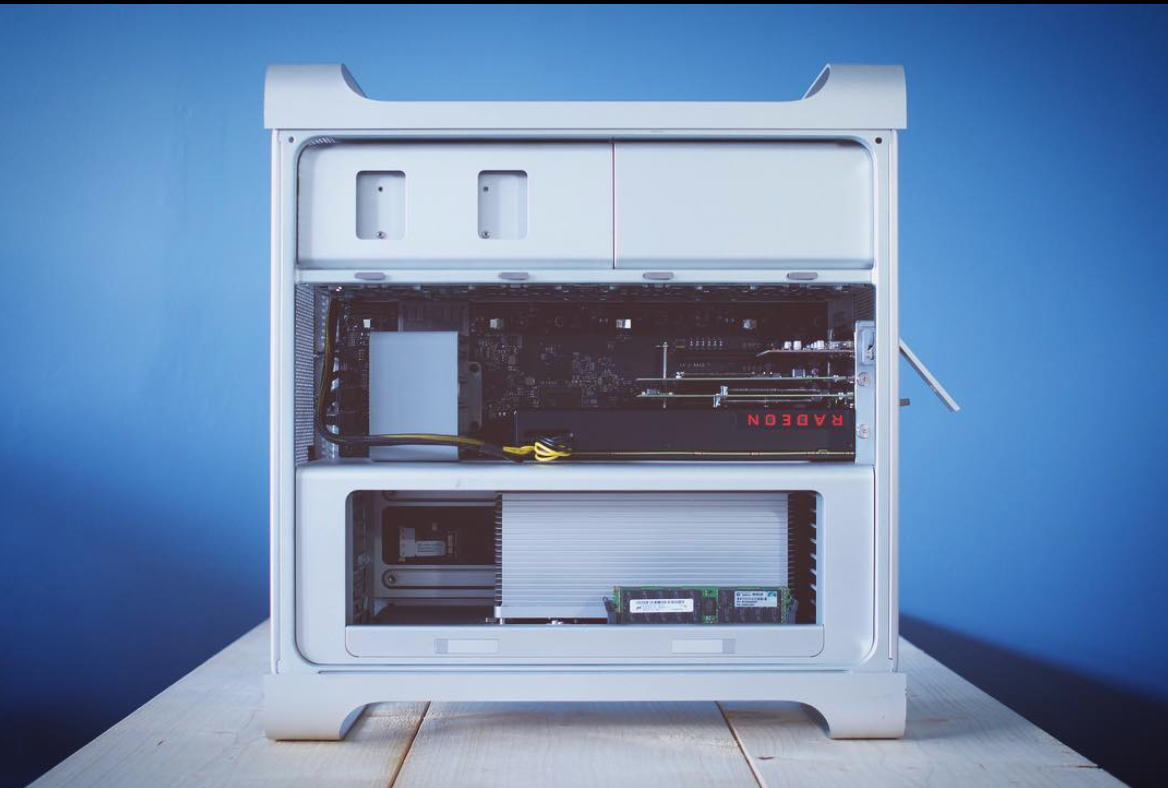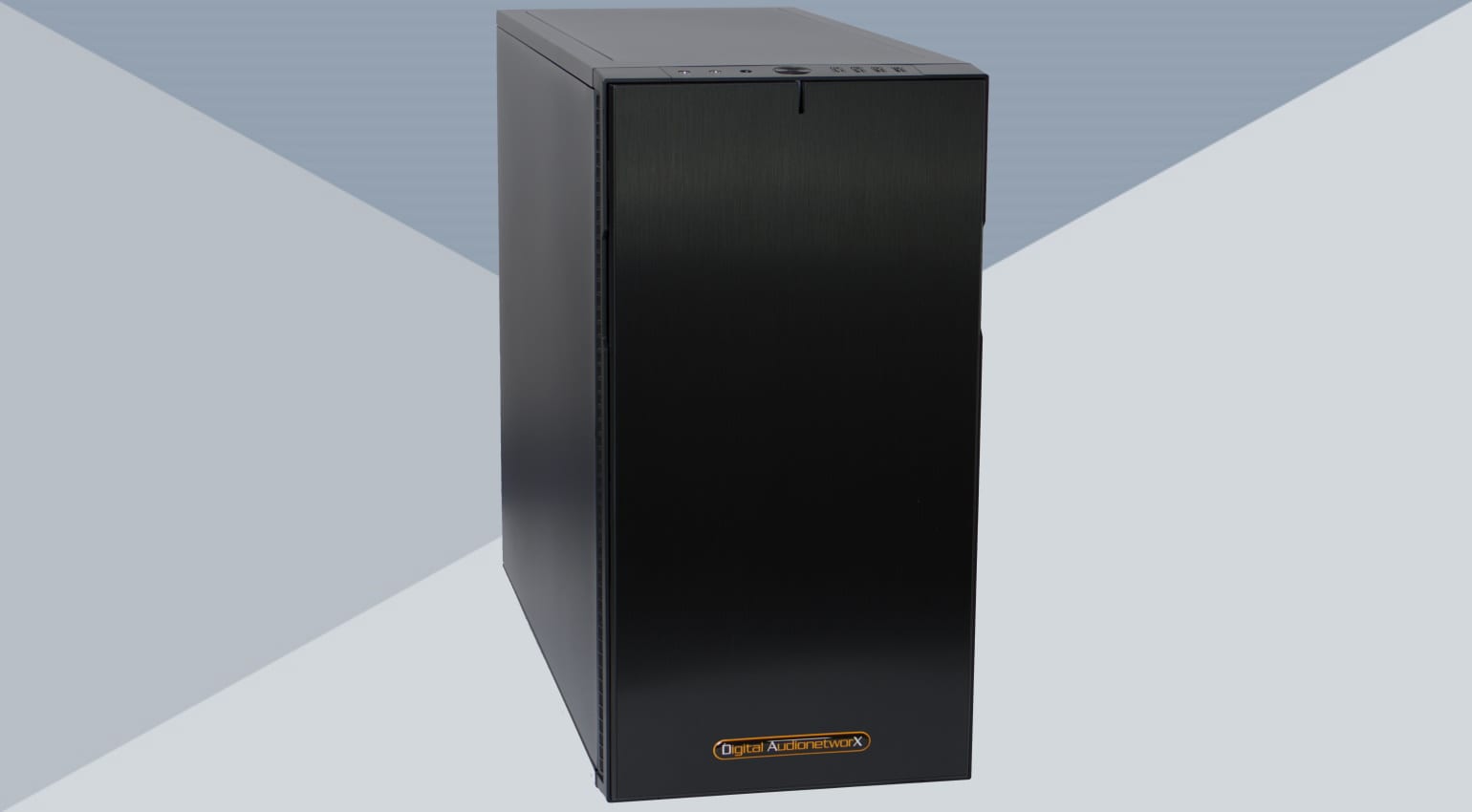
- #USB 3 FOR MAC PRO TOWER INSTALL#
- #USB 3 FOR MAC PRO TOWER PORTABLE#
- #USB 3 FOR MAC PRO TOWER PRO#
- #USB 3 FOR MAC PRO TOWER TV#
- #USB 3 FOR MAC PRO TOWER MAC#
Speeds are for cables up to 328 feet (100 meters) in length, unless otherwise specified. See the following table for connection speeds and cable types. For example, if the device you’re connecting to is 10 Gbit/s-capable and the cable can support that speed, the two devices negotiate the 10 Gbit/s speed.
#USB 3 FOR MAC PRO TOWER MAC#
Depending on the device you’re connecting to, the cable type and technology used, and the cable length, the highest link speed is automatically negotiated. Only a single Mac model ever included a USB-C connector that didn’t include Thunderbolt 3: the 12-inch MacBook that Apple introduced in 2015, updated in subsequent years, and discontinued in.
#USB 3 FOR MAC PRO TOWER TV#
The ports can connect your Mac Pro to a TV or an external display.ġ0 Gigabit Ethernet (RJ-45) ports: Your Mac Pro has two 10 Gigabit Ethernet ports that can use Nbase-T Ethernet technology, which supports multiple data rates for speeds up to 10 Gbit/s over standard twisted-pair copper cable up to 328 feet (100 meters) in length. HDMI 2.0 ports: Mac Pro can have one or more HDMI 2.0 ports, depending on its GPU configuration.
#USB 3 FOR MAC PRO TOWER PRO#
For more information, see the Apple Support article Mac Pro (2019) status indicator light behavior.

If Mac Pro encounters an error with a PCIe card, the status indicator light flashes amber twice and repeats until the computer is turned off. Note: If there is a memory detection or data error, the status light is solid amber for 0.2 seconds and repeats every second. A steady white light indicates that your Mac Pro is awake or in sleep no light indicates that your Mac Pro is turned off. Status indicator lights: One light is on top of your Mac Pro and another is on the back, beside the power port. The ports also support USB 3 with speeds up to 10 Gbit/s, and can charge devices, such as an iPad or a rechargeable trackpad or keyboard. The ports support displays if an Apple MPX module is installed. Use these ports to transfer data, and connect docking stations and RAID arrays. If an Apple MPX Module is installed, it may have additional ports. Thunderbolt 3 (USB-C) ports: Mac Pro has two Thunderbolt 3 (USB-C) ports on the top and two ports on the back. The Mac Pro USB-A ports support USB 3 and USB 2 devices at up to 5 Gbit/s. Two of the Thunderbolt 3 ports are provided by a pre-installed Apple I/O card and two are on the top of the tower case. USB-A (USB 3) ports: Connect an iPad, iPhone, iPod, digital camera, external storage device, or printer. By default, this Mac Pro has two USB 3 ports (USB-A up to 5 Gb/s) and four Thunderbolt 3 ports (support for Thunderbolt 3 up to 40 Gb/s and USB-C up to 10 Gb/s as well as DisplayPort). Or plug in an analog headset with a built-in mono microphone to make audio and video calls. (Choose Apple menu > Shut Down to turn off your Mac Pro, or Apple menu > Sleep to put it to sleep.)ģ.5 mm headphone jack: Plug in stereo headphones or speakers to experience high-quality sound while listening to music or watching movies. Power button: Press to turn on your Mac Pro. Your Mac Pro is packed with advanced technologies. If you’re not sure which Mac Pro you have or want to find information about other models, see the Apple Support article Identify your Mac Pro model. There are of course cheaper USB-C cards out there but this one appeared to work without hitch in the two Mac Pro’s tested.Note: This guide is for the current Mac Pro. There are firewire 800 ports, but it’s now almost impossible to find a drive that will fit this type of connector.Ī USB-C card such as the Sonnet Tech Allegro USB-C PCIe (USB 3.1 Gen 2 Card with 15W per Port) will set you back around £60-70, a snip for such an easy increase in speed.


The reason that this makes such a difference is that the old Mac Pro’s only featured USB 2.0 ports, so it doesn’t matter how fast your hard drives are the USB 2.0 port will create a bottleneck.
#USB 3 FOR MAC PRO TOWER PORTABLE#
#USB 3 FOR MAC PRO TOWER INSTALL#
The difference in performance when it comes to read-write times is best illustrated in numbers. &0183 &32 Thunderbolt Mac Pro Early 2009 with Gigabyte GC-Titan Ridge Card About my Mac Pro 5,1 Prerequisites My Upgrade Journey Gigabyte GC-Titan Ridge Card package contents Disassemble GC-Titan Ridge Install flashrom using brew Assembling Programmer Connect to the blue chip Verify flashrom can detect your CH341A 24 25 Series EEPROM Flash Bios USB Programmer Backup your Blue Chip Firmware Connect to.

Adding USB-C PCIe card is as simple as slotting in a PCIe USB-c card between the Graphics and PCIe NVMe drive, and should take you no more than five minutes. Of all the upgrades to your old Mac Pro, this is the cheapest and fastest ways to give your old tower a power boost.


 0 kommentar(er)
0 kommentar(er)
